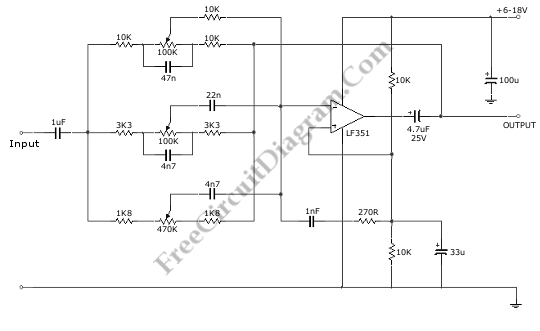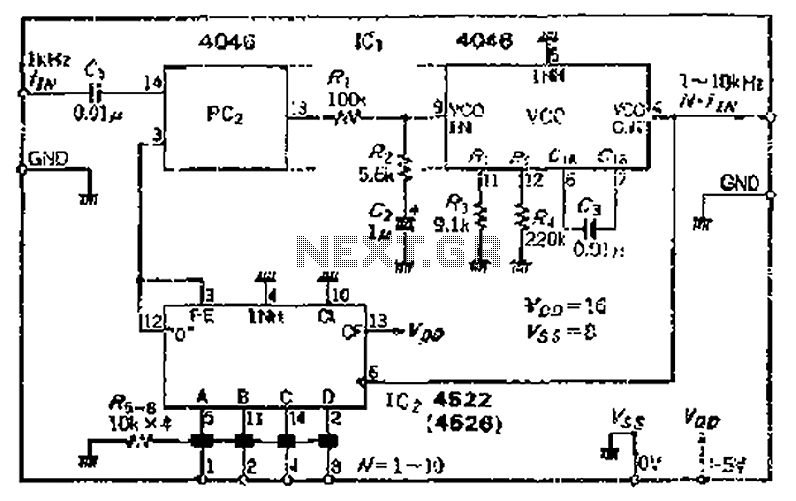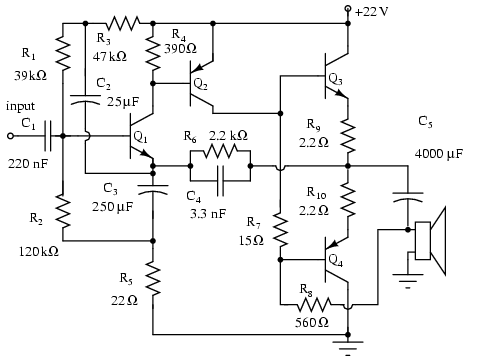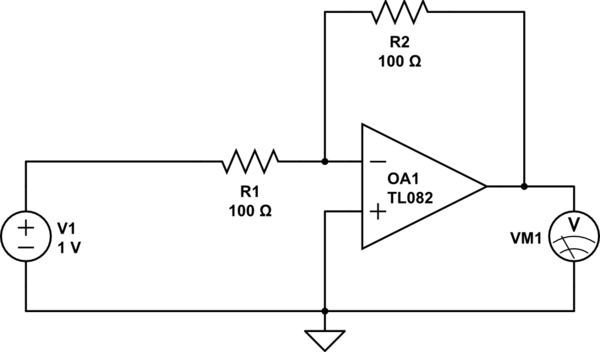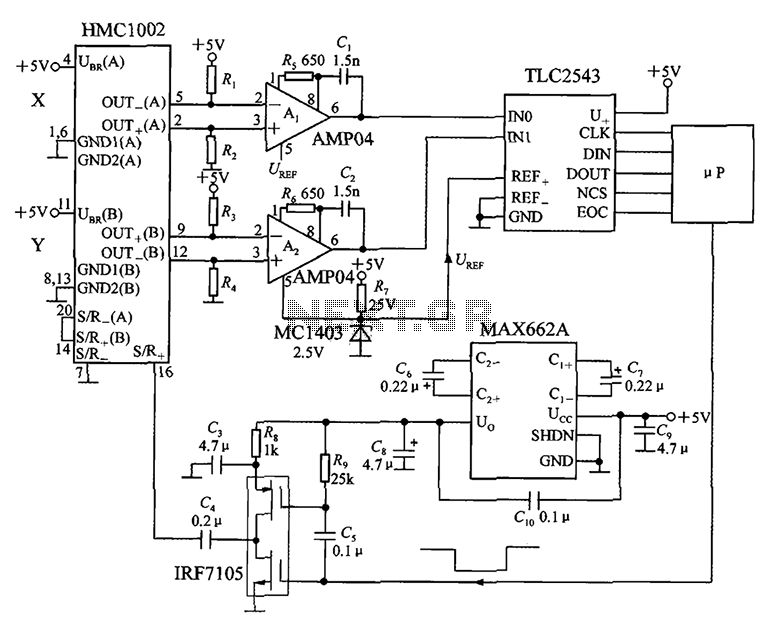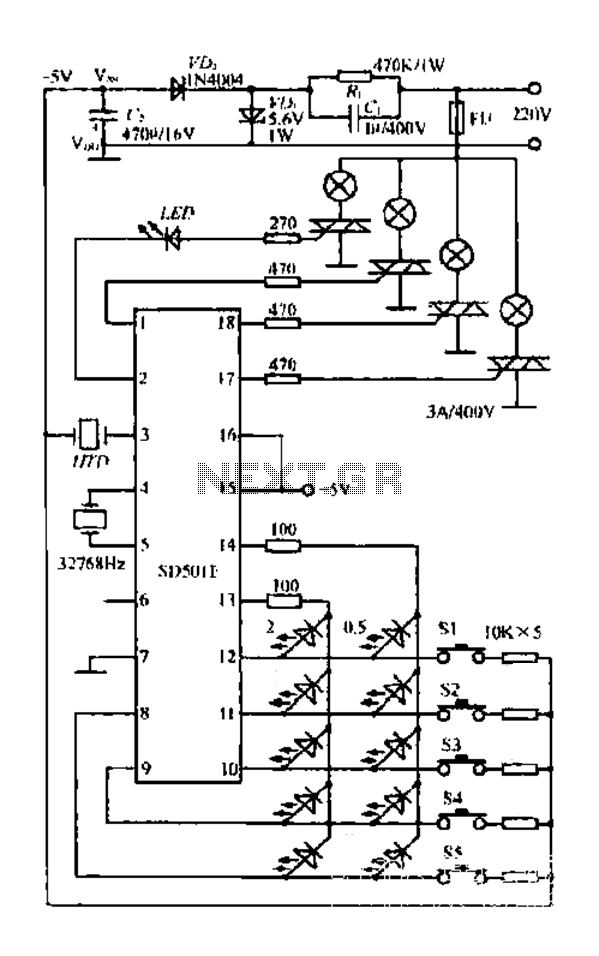
Simple 5 Band Equalizer Circuit
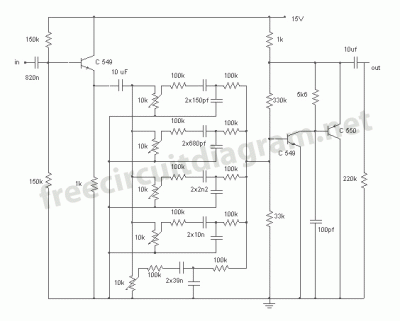
This circuit is a five-channel equalizer designed for a single line channel. The working principle of this series involves a series of frequency filters with a center frequency of 10 Hz.
The five-channel equalizer circuit is structured to manipulate audio signals across different frequency bands, allowing for enhanced sound quality and customization of audio output. Each channel corresponds to a specific frequency range, enabling users to adjust the gain for bass, midrange, and treble frequencies effectively.
The circuit typically employs operational amplifiers (op-amps) configured as bandpass filters. Each filter is tuned to a specific center frequency, which in this case is set at 10 Hz. The use of a series of frequency filters allows for precise control over the audio signal, enabling the user to boost or cut specific frequency ranges according to their preferences.
In designing the equalizer, attention must be given to the selection of the appropriate resistor and capacitor values, which determine the cutoff frequencies and the Q factor of each filter. The gain of each channel can be adjusted using variable resistors (potentiometers), allowing for real-time manipulation of the audio signal.
Furthermore, the circuit can be powered by a dual power supply to ensure stable operation of the op-amps. It is also advisable to include bypass capacitors near the power supply pins of the op-amps to filter out any noise and ensure clean operation.
The output of the equalizer can be connected to an amplifier or directly to a speaker system, providing a versatile solution for audio applications. Proper grounding and shielding practices should be employed to minimize interference and ensure high-quality audio performance.This circuit is 5 channel Equalizer simply cheap (one line chanel). Working principle of this series is a series of frequentiefilter with center frequency of 10. 🔗 External reference
The five-channel equalizer circuit is structured to manipulate audio signals across different frequency bands, allowing for enhanced sound quality and customization of audio output. Each channel corresponds to a specific frequency range, enabling users to adjust the gain for bass, midrange, and treble frequencies effectively.
The circuit typically employs operational amplifiers (op-amps) configured as bandpass filters. Each filter is tuned to a specific center frequency, which in this case is set at 10 Hz. The use of a series of frequency filters allows for precise control over the audio signal, enabling the user to boost or cut specific frequency ranges according to their preferences.
In designing the equalizer, attention must be given to the selection of the appropriate resistor and capacitor values, which determine the cutoff frequencies and the Q factor of each filter. The gain of each channel can be adjusted using variable resistors (potentiometers), allowing for real-time manipulation of the audio signal.
Furthermore, the circuit can be powered by a dual power supply to ensure stable operation of the op-amps. It is also advisable to include bypass capacitors near the power supply pins of the op-amps to filter out any noise and ensure clean operation.
The output of the equalizer can be connected to an amplifier or directly to a speaker system, providing a versatile solution for audio applications. Proper grounding and shielding practices should be employed to minimize interference and ensure high-quality audio performance.This circuit is 5 channel Equalizer simply cheap (one line chanel). Working principle of this series is a series of frequentiefilter with center frequency of 10. 🔗 External reference
